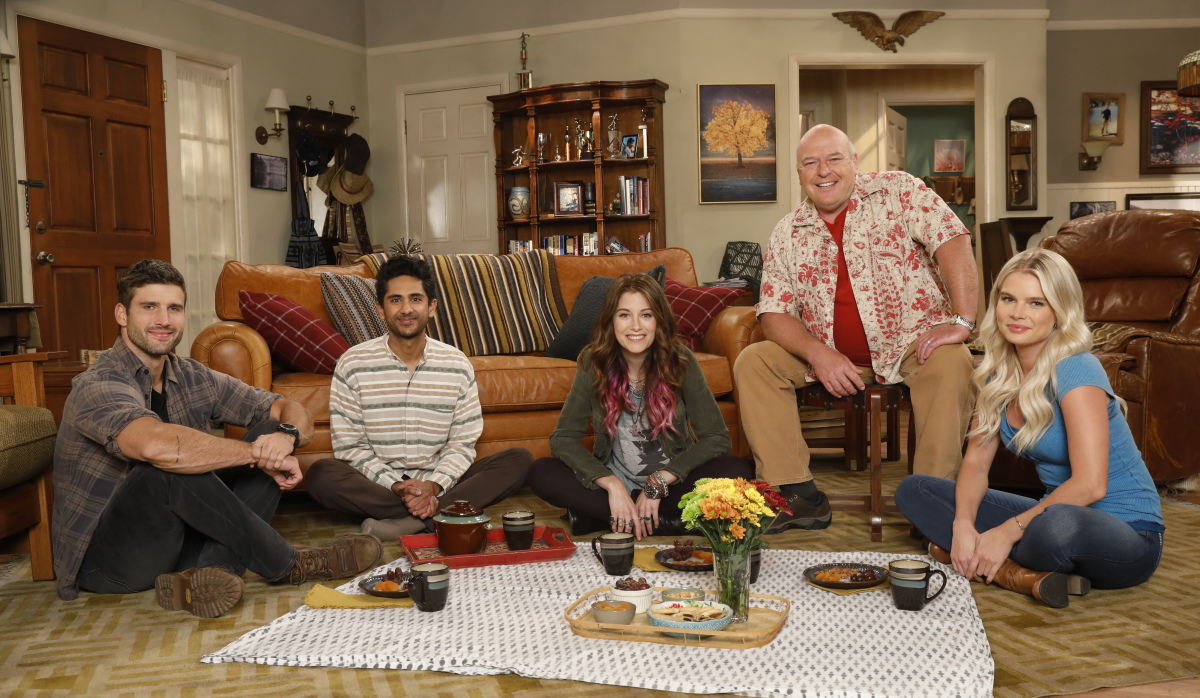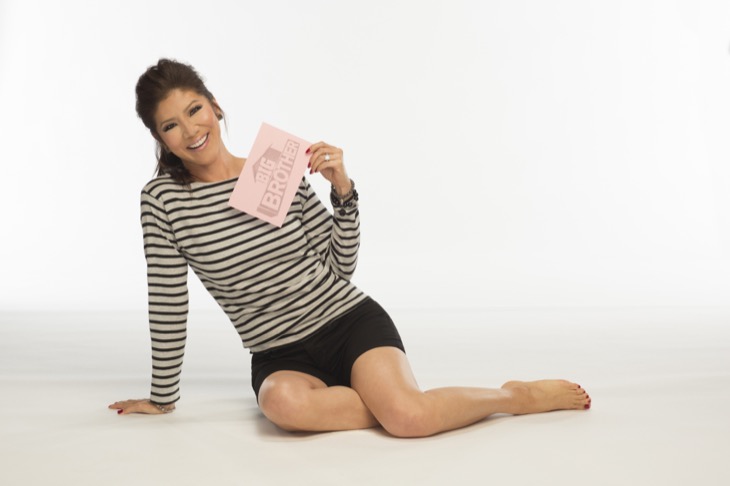


The true heirs of ATWT comprise a long list of often critically-acclaimed, always ratings challenged, and ultimately short-lived serial dramas. The spirit of Dallas and Dynasty continues in current primetime soaps Revenge and Scandal, and for the teenage demo, Gossip Girl and Pretty Little Liars. The popularity of these primetime soaps coincided with Gloria Monty's transformation of General Hospital, and had at least as profound an impact on daytime soaps.

Ewing and Alexis Carrington, who more resembled stock characters from the commedia dell'arte, than ATWT's Hughes family, were enormously entertaining to watch, but not because viewers found "meaning and resonance through a deeper connection." And while Larry Hagman's (J.R) called Dallas as a cartoon rather than a soap opera, to the media and public these guilty pleasures were soaps simply by virtue of their seriality. Larger-than-life, over-the-top characters like J.R. The success of early primetime serials like Dallas (1978) and Dynasty (1981) redefined the public perception of soap opera. What do you feel is the nature of the connection between today's critically acclaimed dramas on FX, AMC, HBO, Showtime, and elsewhere and the daytime serial drama? Much of your writing has focused on parallels between daytime serialized drama and the rise of "quality" shows, primetime dramas which marry serialized storytelling with higher budgets, deeper production values, and much shorter, season-based dramas which pack intense meaning into typically between 10 and 20 episodes in a season, as opposed to 260 episodes per year.


 0 kommentar(er)
0 kommentar(er)
